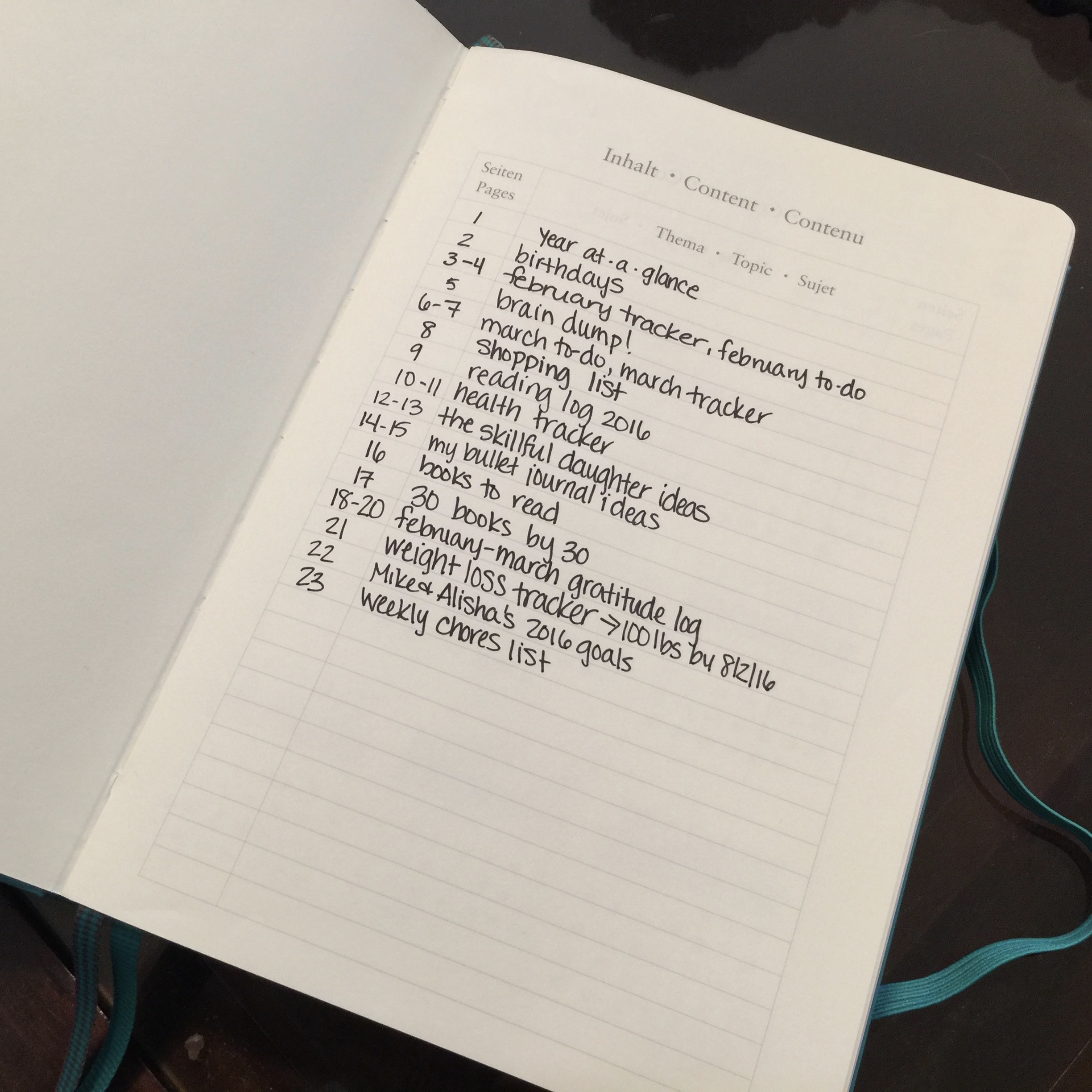

- MJOURNAL INDENT HOW TO
- MJOURNAL INDENT MANUAL
- MJOURNAL INDENT PASSWORD
If this is the first deploy to this host, the script will stop after the empty configuration file has been created. tag and deploy that for testing on stage. If that succeeds, note the container ID it prints out such as Successfully built a2452ff73a95. Move on to the build and test instructions below. This will do an npm version to increment the version and tag the commit. This will pull origin/master into develop. 
There normally be won't any, but for the rare pull request. Make sure to pull down changes in github/develop.ensure your working directory is in a clean git state.get new changes in the develop branch committed and ready to go.docker images are also tagged by environment for "production" and "stage".all released docker images are tagged with semver.
 Backups live at /var/local/mjournal_db_backups on the docker host. TLS certs from letsencrypt managed by certbot-auto. Configured in /etc/cron.daily/backup-mjournal-db. A cron job to run daily database backups. This is mounted into the mjournal container at /etc/mjournal and mapped to /var/local/mjournal on the host OS. application configuration is specified in a CommonJS module config.js file. We integrate with the host OS (Ubuntu 圆4) on stage and production for the following functionality Configure passwordless ssh (from your local machine: ssh-copy-id new-droplet-ip).
Backups live at /var/local/mjournal_db_backups on the docker host. TLS certs from letsencrypt managed by certbot-auto. Configured in /etc/cron.daily/backup-mjournal-db. A cron job to run daily database backups. This is mounted into the mjournal container at /etc/mjournal and mapped to /var/local/mjournal on the host OS. application configuration is specified in a CommonJS module config.js file. We integrate with the host OS (Ubuntu 圆4) on stage and production for the following functionality Configure passwordless ssh (from your local machine: ssh-copy-id new-droplet-ip). MJOURNAL INDENT PASSWORD
allow sudo with password (as root on droplet: adduser plyons sudo). create your OS user (as root on droplet: adduser plyons). MJOURNAL INDENT MANUAL
The only manual setup from a fresh droplet is ssh access: When deployed on stage and production, I use an Ubuntu 14.04 圆4 droplet on digital ocean, but that OS on any hosting platform should work fine.
configuration (secrets, etc) comes from a configuration file at /var/local/mjournal/config.js which is mounted in the container at /etc/mjournal/config.js. exposes port 9090 for the HTTP API and web application. Linked to mjournal_db for access to the database. The mjournal node/express web application. Holds all mjournal application and session data by using the mjournal_data data volume. Runs the PostgreSQL relational database (docker image name "postgres"). Data-only container storing the PostgreSQL database data files. This vastly simplies things over trying to run our own registries. We use the public docker registry to host our images. It does differ from production by a few details (TLS, etc), so it does not constitute a suitable stage or pre-production environment. This is suitable for local tests that the app works under docker. This should get the data volume, postgres container, and node container created, linked, and running. 
Here is a sample of a docker-compose.json file you can use for local development running postgres under docker. you local configuration should not get checked into the git repo and is thus ignored in the mjournal.cp and override anything from you need such as db.user, db.password, etc.Run with docker-compose -f path/to/your/docker-compose.json up -d.See the example docker-compose.json file below.Running in a docker container recommended.Get access to a PostgreSQL 9.4 database.GNU coreutils and findutils (homebrew recommended on OS X).curl (version included with OS X is fine).
MJOURNAL INDENT HOW TO
(grid background image stolen from ) How to Setup for Local Development Geared toward sparse and clean UI and categorization through labels. Minimalist journal aiming to be one journal for all of your technical projects.








 0 kommentar(er)
0 kommentar(er)
